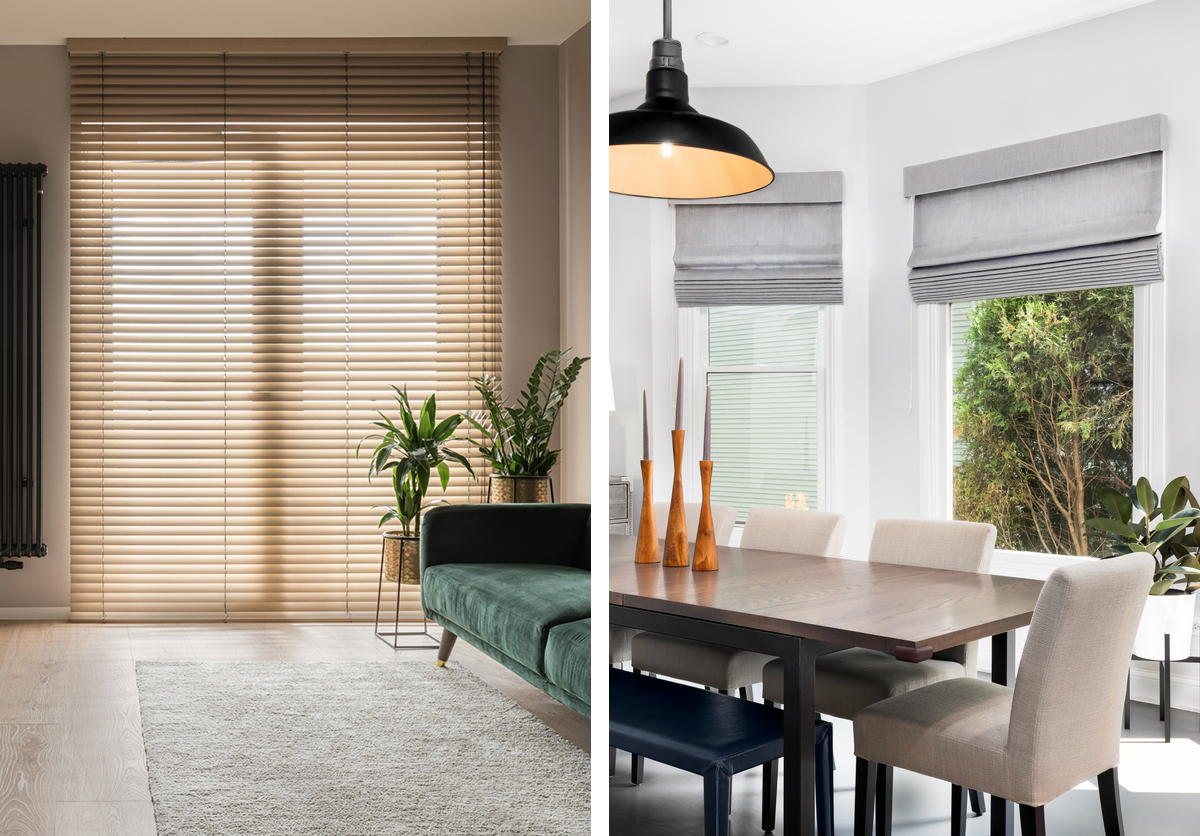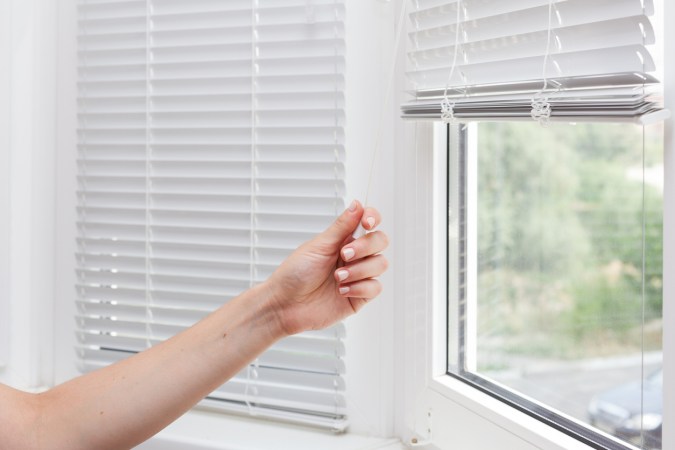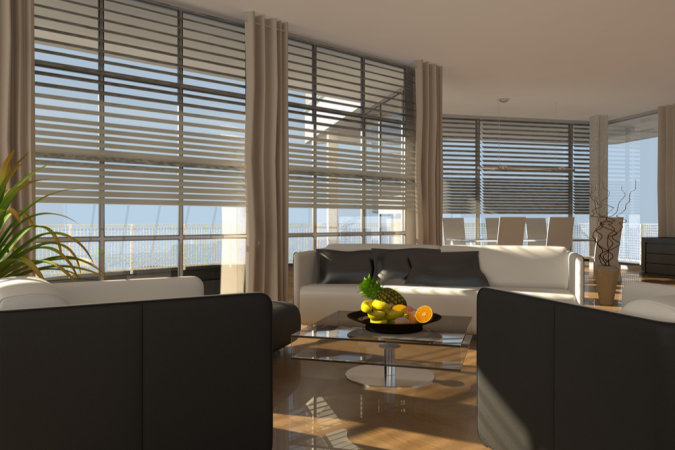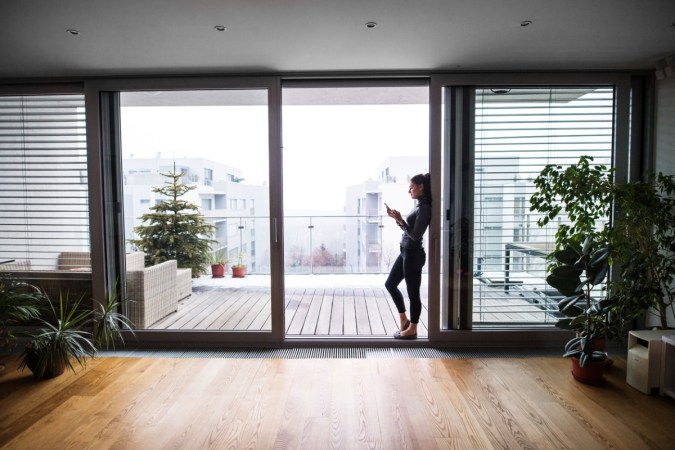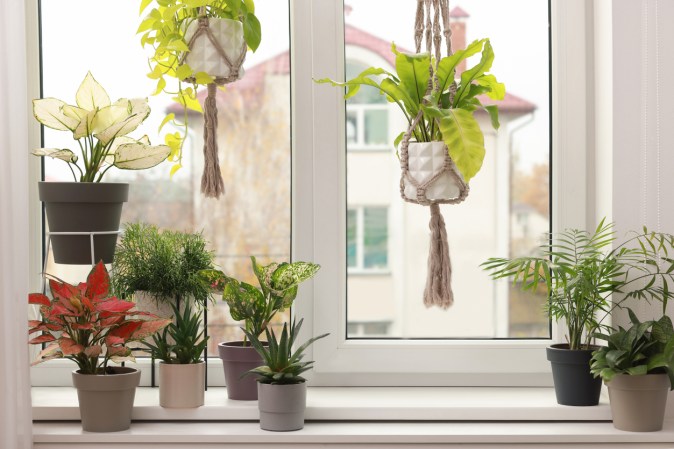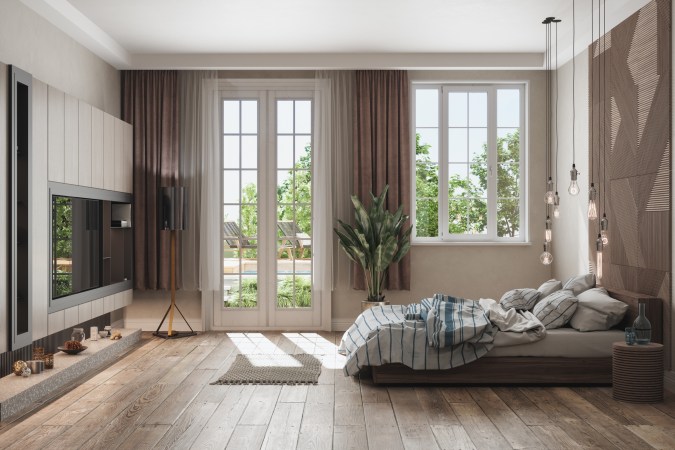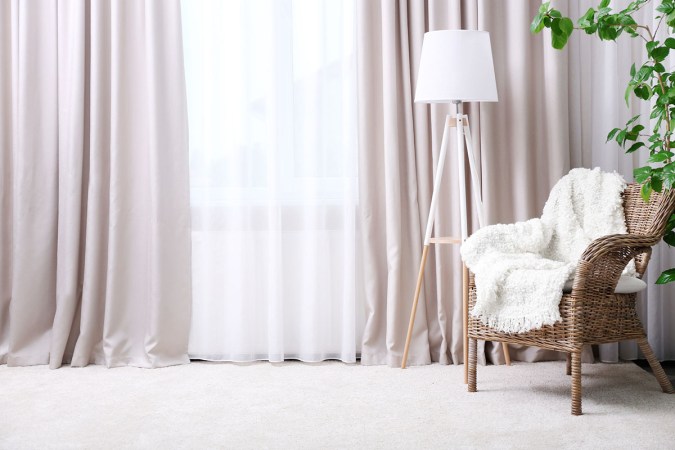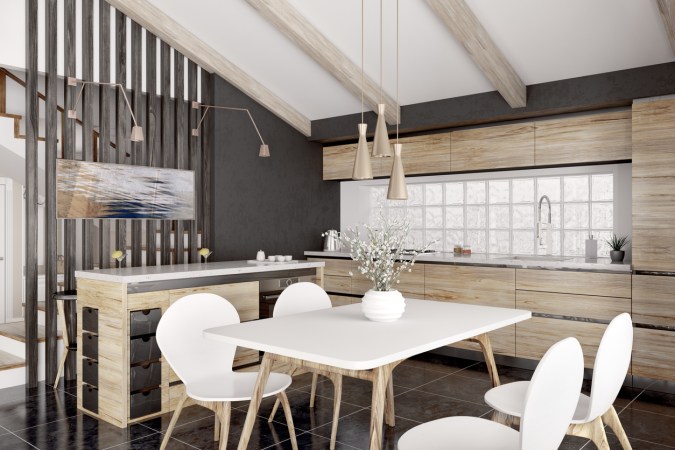We may earn revenue from the products available on this page and participate in affiliate programs. Learn More ›
You don’t have to be an interior designer to understand the transformative power of the right window treatment. Beyond aesthetics, window coverings affect light, privacy, and even energy costs. Two of the most popular options are blinds and shades. Each brings its distinct charm, functionality, and design sensibilities to a space.
But how do you choose between the sleek adjustability of blinds and the soft elegance of shades? This comprehensive guide dives deep into the differences between blinds vs. shades as window treatments, helping you make an informed decision tailored to your decorating and lighting needs.
Blinds are made of hard slats, while a window shade is made of a single piece of softer fabric.
While blinds and shades share a similar purpose, they differ greatly in their construction. Blinds are typically made up of hard, interconnected slats that let users adjust light and privacy levels by changing the angle of the slats. These slats can be arranged either vertically or horizontally.
Window shades, on the other hand, use a single fabric roll, which can range from a sheer material to a completely opaque one. While they might not have the fine-tuned light control of blinds, shades provide a softer aesthetic appeal, adding texture and warmth to a space. When lowered, shades have a seamless appearance and can block out light completely, a helpful feature for bedrooms and media rooms.
RELATED: The 12 Best Places to Buy Blinds Online
Shades and blinds come in a wide variety of materials and colors.
Both of these types of window treatments are available in a wide range of materials, though blinds are constructed of hard materials while shades typically are made from softer textiles. Some common materials for blinds include wood, plastic, metal, bamboo, and vinyl. Shades, however, are typically made from cotton, silk, linen, or synthetic textiles, though some come in a rollable vinyl. Shades offer the most options in terms of color and can be available in prints as well as solids.
Blinds are more adjustable than shades when it comes to sunlight and privacy.
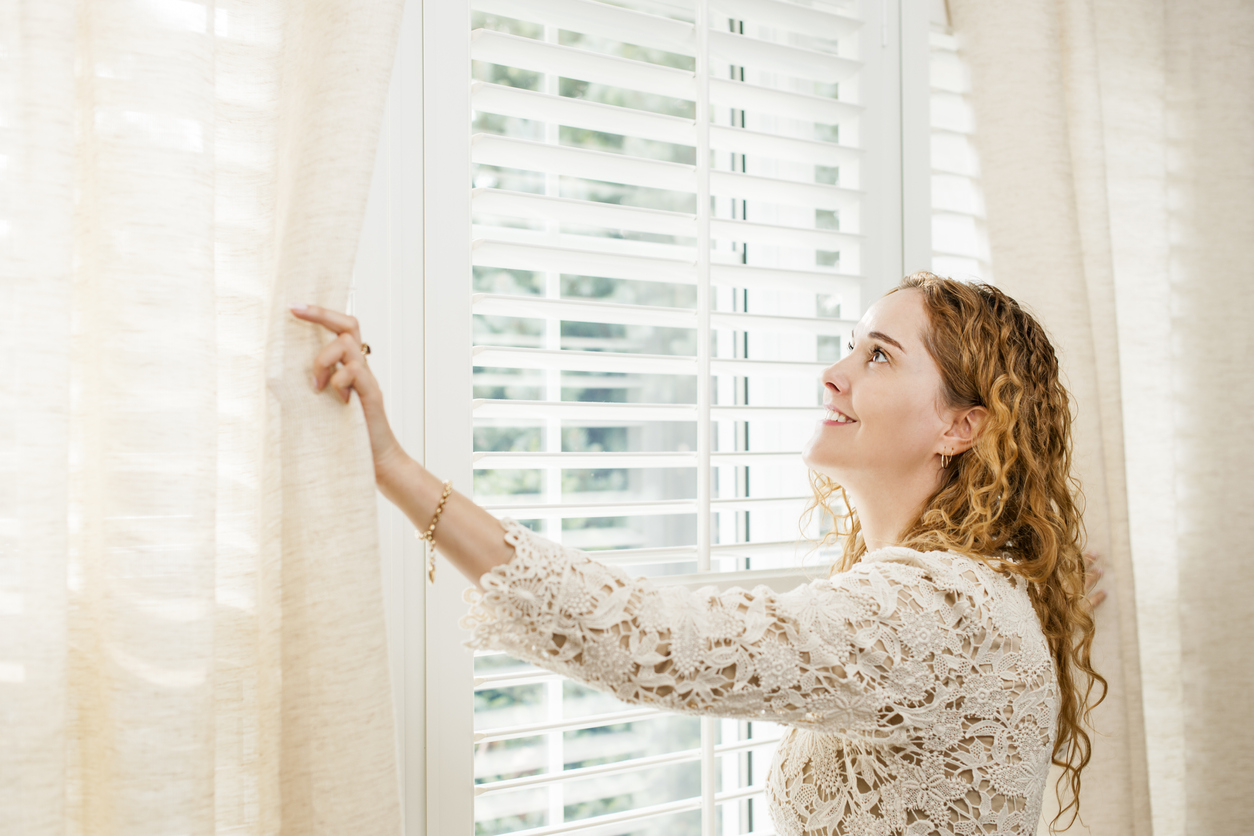
The primary distinction that determines this adjustability is how each type of window treatment is constructed. Since the slats in blinds can be tilted at different angles, users can better control the exact amount of sunlight that can enter the room and can even direct light into certain parts of a space while keeping others shaded. On top of that, blinds can be pulled up completely to allow full sunlight in. This adaptability is ideal in rooms with fluctuating light conditions, like living rooms or home offices. Blinds also are more customizable for privacy, allowing home or apartment occupants to tilt them to maintain privacy while still allowing some light into a room.
On the other hand, shades are much less adjustable since they can only be pulled up or down. The opacity of the shade’s material determines the amount of light they let in as well as the level of privacy offered. Some semi-transparent shades can filter light without blocking it entirely, but they don’t offer the same minute adjustments that blinds do.
Cellular shades are more effective insulators than any type of blinds.
While some types of blinds can offer heat insulation, none can compare to the energy-saving capabilities of cellular shades. Cellular shades have a unique honeycomb design that features air pockets. This structure acts as a thermal barrier, helping maintain indoor temperatures by preventing cold or hot air from coming in or going out. Cellular shades are a great choice for those looking to reduce energy expenditures or who live in areas that experience extreme weather. Roman shades can also come with an insulating layer, and are another good choice in terms of insulation.
RELATED: Lose the Drapes: 17 Ways to Dress a Window Without Curtains
Blinds are typically easier to clean and more durable than most types of window shades.
Since they’re made from more durable materials, blinds are more resistant to everyday wear and tear and have a longer lifespan. Generally speaking, their hard surface can be wiped clean easily, though it can be time-consuming to dust or clean each individual blind.
Since shades are made from fabric, they are slightly trickier to clean and can be prone to staining or fading over time. Owners can vacuum or spot-clean shades as needed, though more significant stains might require professional cleaning.
Child safety is a potential concern for both blinds and shades.

Traditionally, both blinds and shades were cord-operated window coverings, and these cords posed a hazard to young children. Today, blinds and shades can be cordless or motorized, offering a safer alternative for parents. Shades are more likely to be cordless, so they’re typically the top choice for those prioritizing child safety. It’s important to never leave children unattended in a space with cord-operated blinds or shades.
RELATED: How to Install Blinds on Windows
The cost of blinds and shades can vary widely by type and material.
There are a variety of factors that influence the price of blinds and shades. The primary factor is materials. Blinds made from solid wood will cost significantly more than those made of vinyl, for example, while silk shades will be more expensive than polyester shades. Blinds and shades in standard sizes are considerably more affordable than their custom counterparts. Bay window shades and shades or blinds for irregularly shaped windows tend to be pricier. Advanced features like motorization can significantly impact the cost of both blinds and shades.

